Table of Contents
Definition of Dynamo
An electrical machine that converts mechanical energy into direct current electricity.
Dynamo construction
It consists of three main parts, namely the magnetic field system, the armature and the commutator, and the brush gear. Other parts of a DC generator are a magnetic frame and yoke, pole core and pole shoes, field or exciting coils, armature cores and windings, brushes, final housing, bearings, and shafts.
1. Magnetic field system of DC generator:
The magnetic field system is a fixed or fixed part of a machine. It produces the main magnetic flux.
2. Magnetic frame & yoke
The outer hollow cylindrical frame in which the main poles and inter-poles are fixed is called a yoke. It is made of cast steel or rolled steel for large machines and gambling for small machines is usually made of cast iron. It provides mechanical protection on the inside of the machine.
3. Pole core and pole shoes:
The pole core and pole shoe is fixed to the yoke by a magnetic frame or bolt. The pole cores & shoes are made of thin cast steel or iron lamination that is joined together under
. The poles are laminated to reduce AD current losses.
4. Field or Exciting Coils:
Each pole core has one or more field windings to produce a magnetic field. Enameled copper wire is used to make fields or exciting coils.
5. Armature DC generator:
The rotating part of a DC machine or DC generator is called an armature. The armature has a shaft with a laminated cylinder called the amateur core.
6. End Housings:
The End housing is attached to the side of the mainframe and supports the bearings.
7. Bearings:
Ball or roller bearings are mounted on the end housing. The function of the bearing is to reduce the friction between the rotating and stationary parts of the machine.
8. Shaft:
The shaft is made of mild steel along with maximum braking force. The shaft is used to transfer mechanical power.
Working of Dynamo:
Suppose at the beginning the plane of the coil is horizontal. Split rings S1 touches brush B1 and S2 touches B2.
When the coil ABCD is made to rotate in the clockwise direction, the magnetic field lines passing through it change. Hand AB moves up and hands CD moves down.
According to Fleming’s right-hand rule, the induced current in the armature coil flows in the direction of ABCD. In the external circuit, current flows from B2 to B1.
When the coil crosses its vertical position, the slip ring comes in contact with S1 B2 and S2 B1. AB now moves down and CD moves up. The catalyzed flow in the armature flows along the DCBA.
But in the external circuit, the current still flows from direction B2 to direction B1.
Therefore, a directionless current flows in the external circuit.
Difference between direct current and alternating current
- Alternating current is safe to transmit over long distances and can provide more power but direct current cannot be transmitted over long distances.
- The frequency of the alternating current is 50Hz or 60Hz depending on the country while the frequency of the direct current is zero.
- When flowing in a circuit the AC current reverses its direction while the DC current flows in one direction in the circuit.
- The magnitude of AC current varies with time while the magnitude of DC current remains constant.
- AC current can be obtained from an A.C. generator while DC current can be obtained from a cell or battery.
- A generator or dynamo is a device that converts mechanical energy into electrical energy.
The generator was originally designed by Nikola Tesla.
The generator works on the principle of electromagnetic induction. Whenever the magnetic field attached to the coil changes, an induced emf is set up in the coil.

1. When the armature rotates its axis perpendicular to the magnetic field, the magnetic flux connecting to the coil changes, and an emf is induced in the coil. So there is an induced electric current in the coil and in the external circuit connected to the coil through the brush and slip rings.
2. The plane of the coil rotates so that the hand goes below the plane of AD paper, and the hand goes above the plane of BC paper.
3. Using Fleming’s right-hand law, we come to know that current flows in the direction of CBAD and in the outer circle from brush B2 to B1.
4. after half rotation, hand BC goes down and the hand goes up AD. Using Fleming’s right-hand rule, current flows in the direction of DABC and in the external circuit from brush B1 to B2.
5. When half of the coil rotates in this way, the current flows in one direction, and in the other half rotation, the electric current flows in the opposite direction. This process is repeated and AC current flows in the external circuit
FAQ
What is a dynamo in automobiles?
A dynamo in automobiles refers to an electrical generator that converts mechanical energy into electrical energy. It is commonly used in older vehicle models to generate electricity for various electrical systems and charge the battery.
How does a dynamo work in automobiles?
A dynamo consists of a rotating magnet and a stationary coil of wire. As the magnet rotates, it creates a changing magnetic field that induces an electric current in the wire coil through electromagnetic induction. This current is then used to power the vehicle’s electrical systems and charge the battery.
What are the primary functions of a dynamo in automobiles?
The main functions of a dynamo in automobiles include:
Generating electricity to power the vehicle’s electrical systems such as lights, ignition system, radio, and other accessories.
Charging the vehicle’s battery to ensure it remains charged and capable of supplying electrical energy when needed.How is a dynamo different from an alternator?
While both a dynamo and an alternator serve the same purpose of generating electricity in automobiles, they differ in their working principles. A dynamo generates direct current (DC) output, while an alternator produces an alternating current (AC), which is then converted to DC using rectifiers. Alternators are more commonly used in modern vehicles due to their higher efficiency and improved power output.
Can a dynamo be used in modern automobiles?
In most cases, modern automobiles no longer use dynamos as their primary source of electrical power. Alternators have replaced dynamos due to their superior performance, higher output, and overall efficiency. However, there may be vintage or specialized vehicles that still use dynamos.
Are there any advantages of using a dynamo in automobiles?
Some potential advantages of using a dynamo in automobiles include:
The simplicity of design and maintenance.
Durability, as dynamos typically have fewer moving parts compared to alternators.
Availability of replacement parts for older vehicles.What are the limitations of a dynamo in automobiles?
Dynamos also have several limitations, such as:
Lower power output compared to modern alternators.
Inefficiency in converting mechanical energy to electrical energy.
Difficulty in regulating output voltage at varying engine speeds.Can a dynamo be upgraded or modified?
While it is technically possible to upgrade or modify a dynamo, it is not a common practice. Due to the limitations mentioned earlier, many vehicle owners opt to replace dynamos with alternators or seek other aftermarket electrical solutions to meet their power requirements.
How long do dynamos typically last in automobiles?
The lifespan of a dynamo can vary depending on several factors such as usage, maintenance, and the overall condition of the vehicle. On average, a well-maintained dynamo can last anywhere from 50,000 to 100,000 miles (80,000 to 160,000 kilometers) or more. However, as technology has advanced, dynamos have become less common in modern vehicles, making their lifespan less relevant in current automotive contexts.
What are the alternatives to dynamos and alternators?
With the advent of electric and hybrid vehicles, traditional dynamos and alternators are being replaced by more advanced technologies such as regenerative braking systems and sophisticated electric motor generators.
These systems can recover and store energy during braking or deceleration and use it to power the vehicle’s electrical systems or recharge the battery, providing more efficient energy management in automobiles.








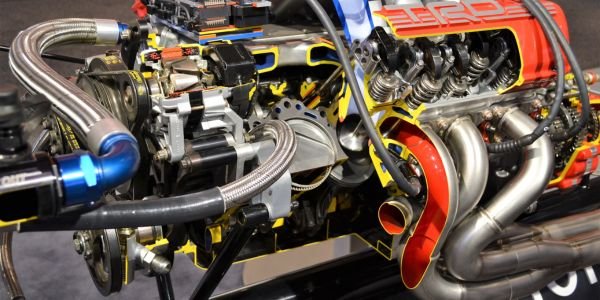






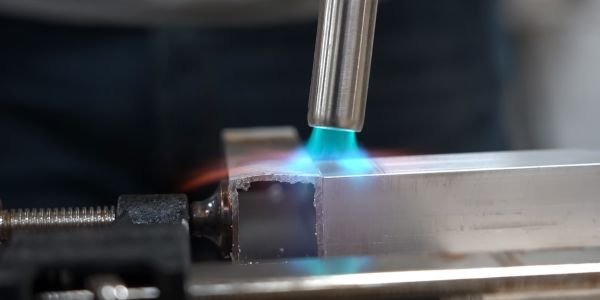


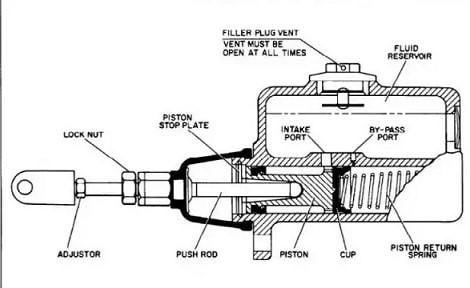





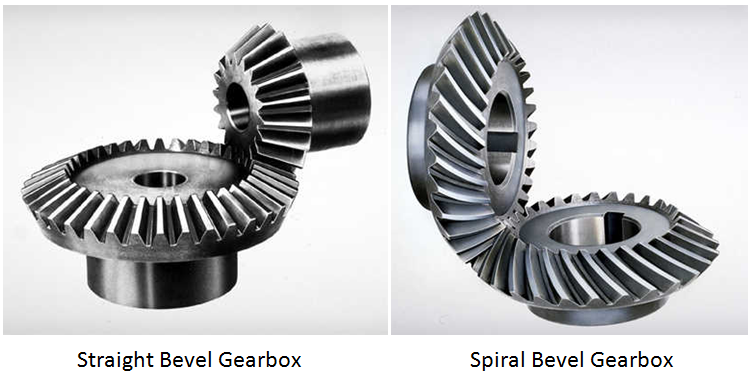

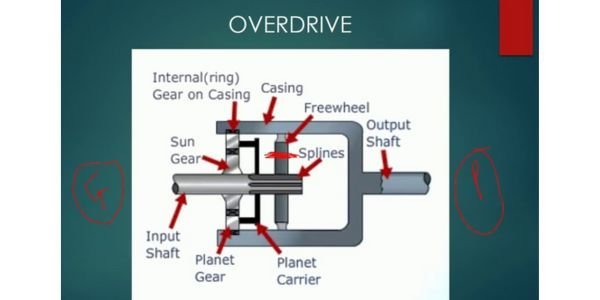
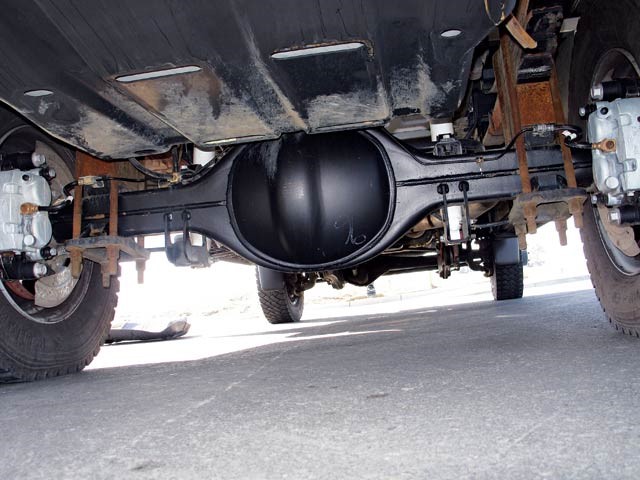



Comment on “Dynamo – Definition, Construction, & Working”